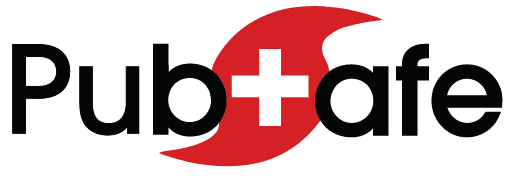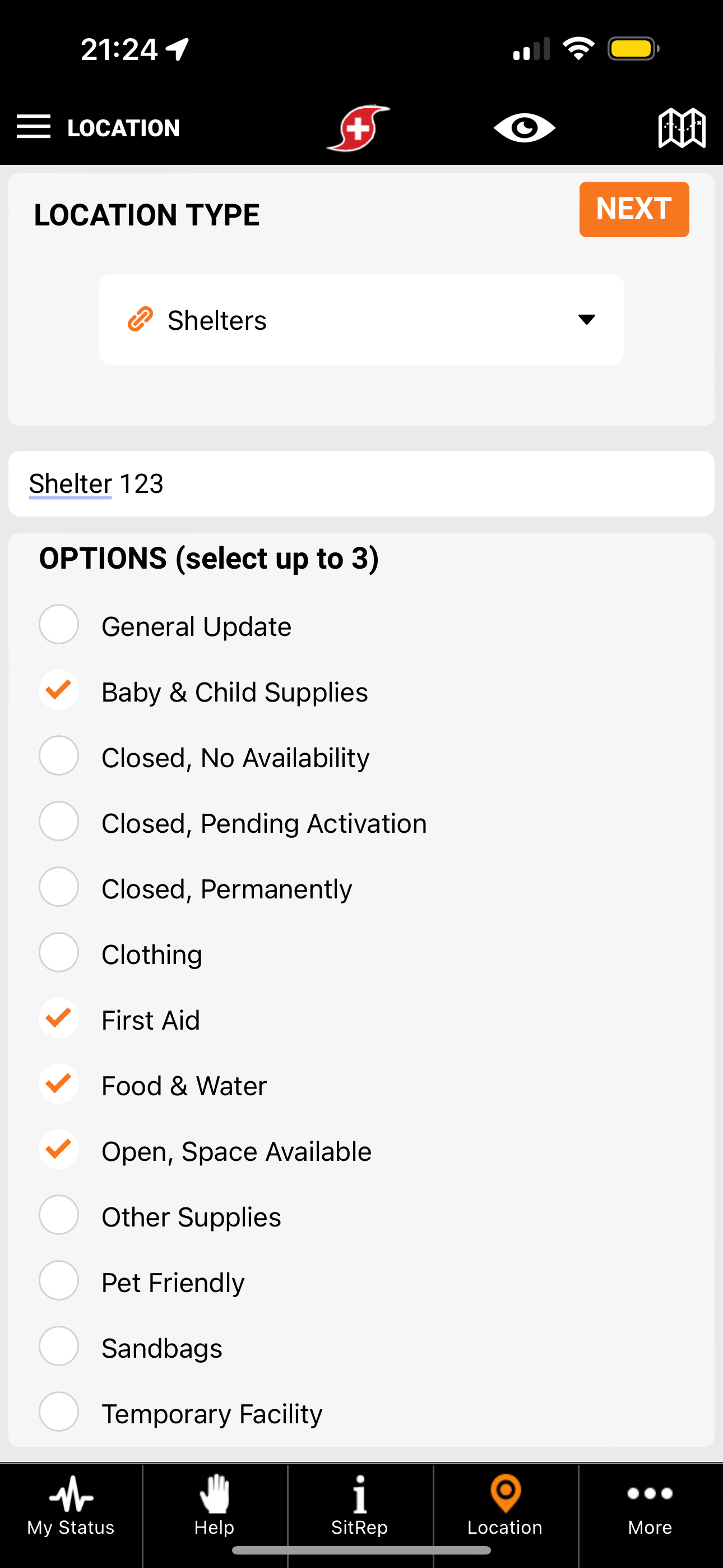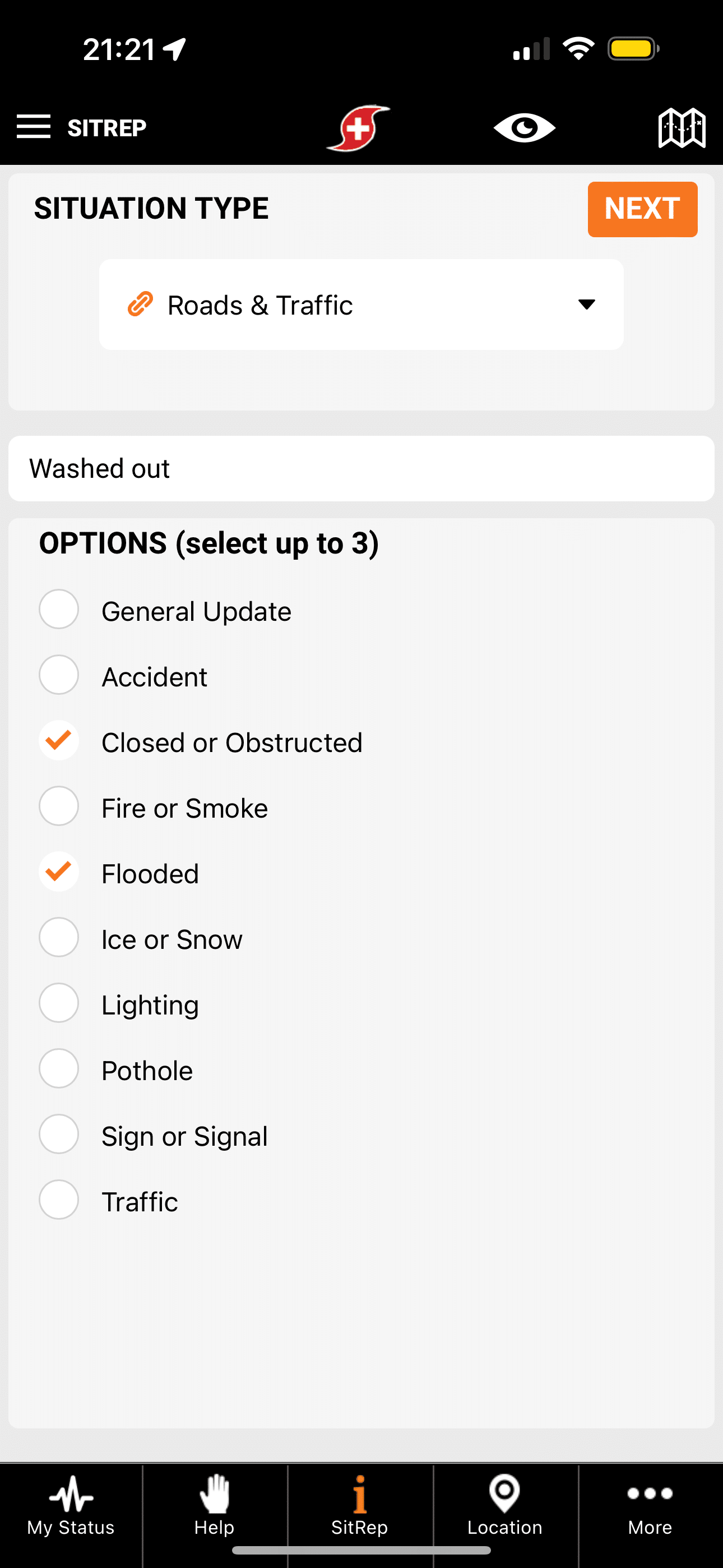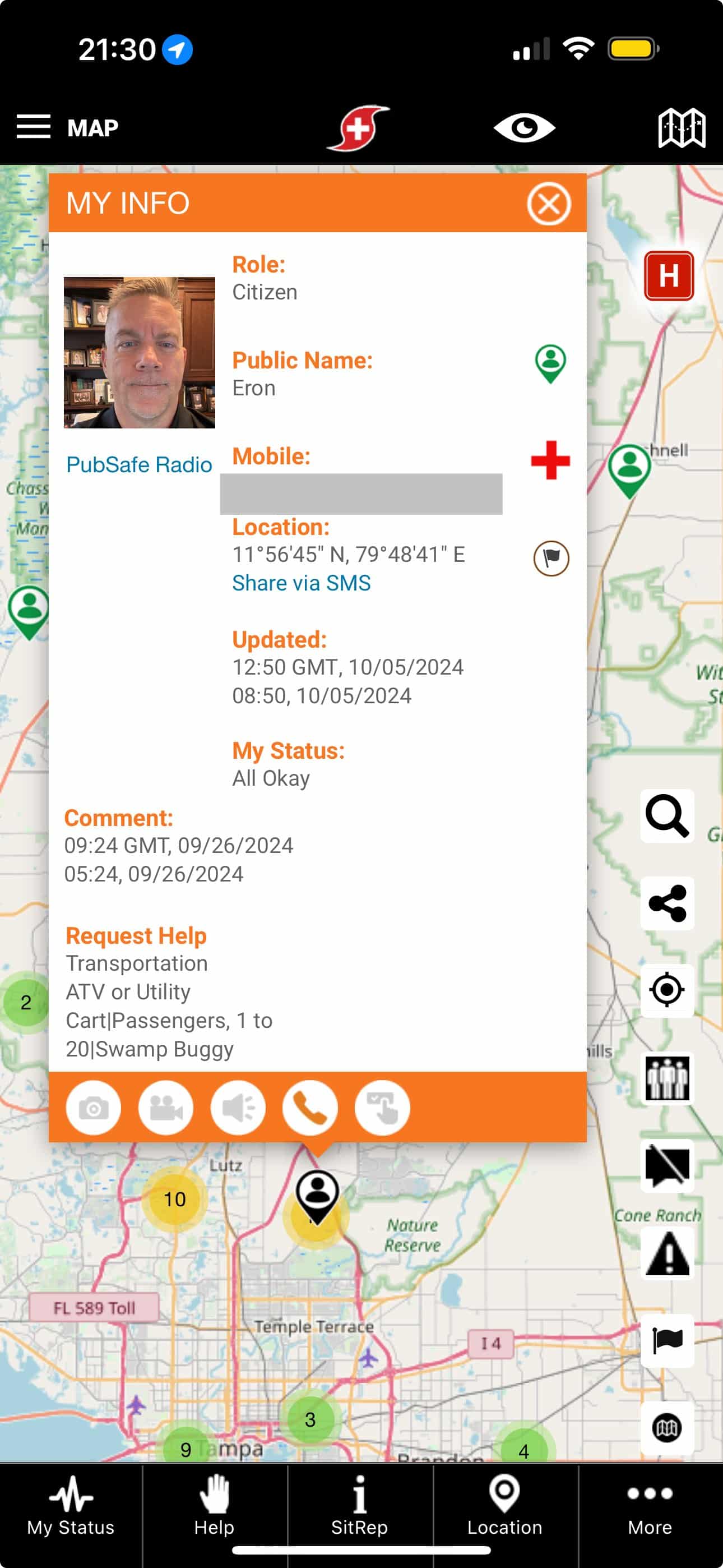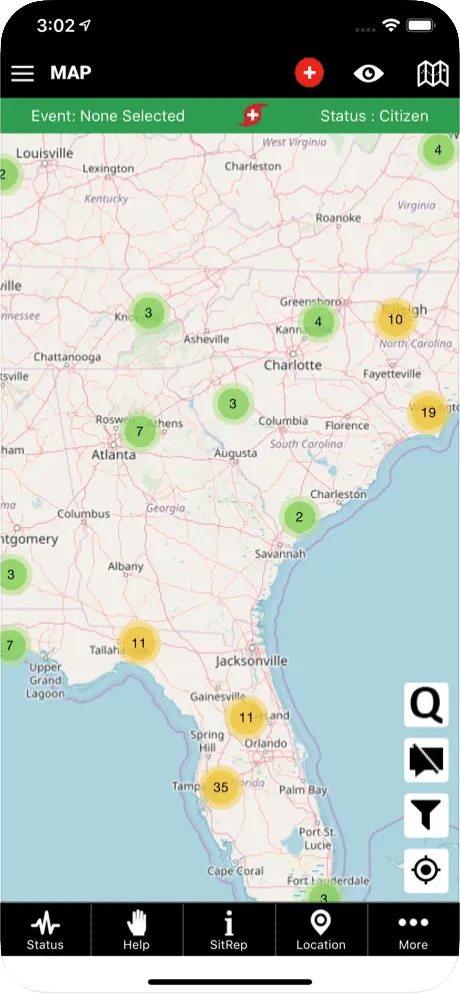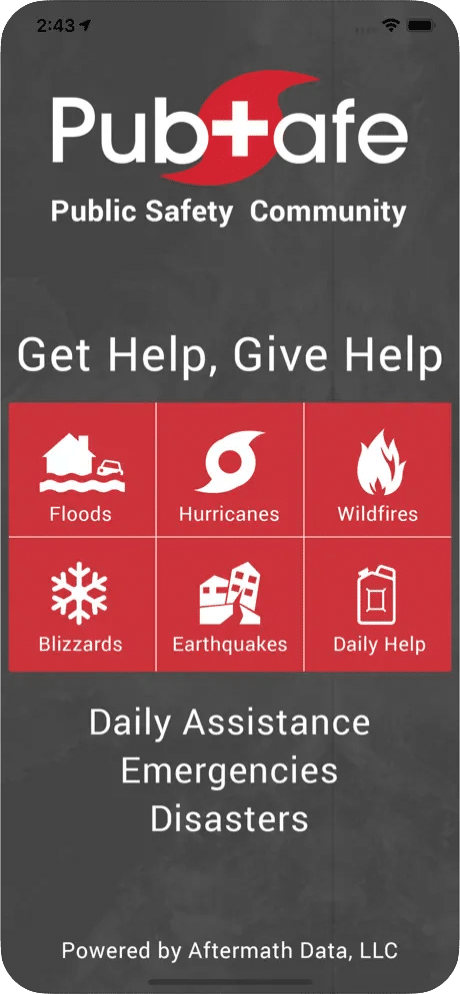People Helping People & Animals
Free Citizen App + Web Portal for NGOs
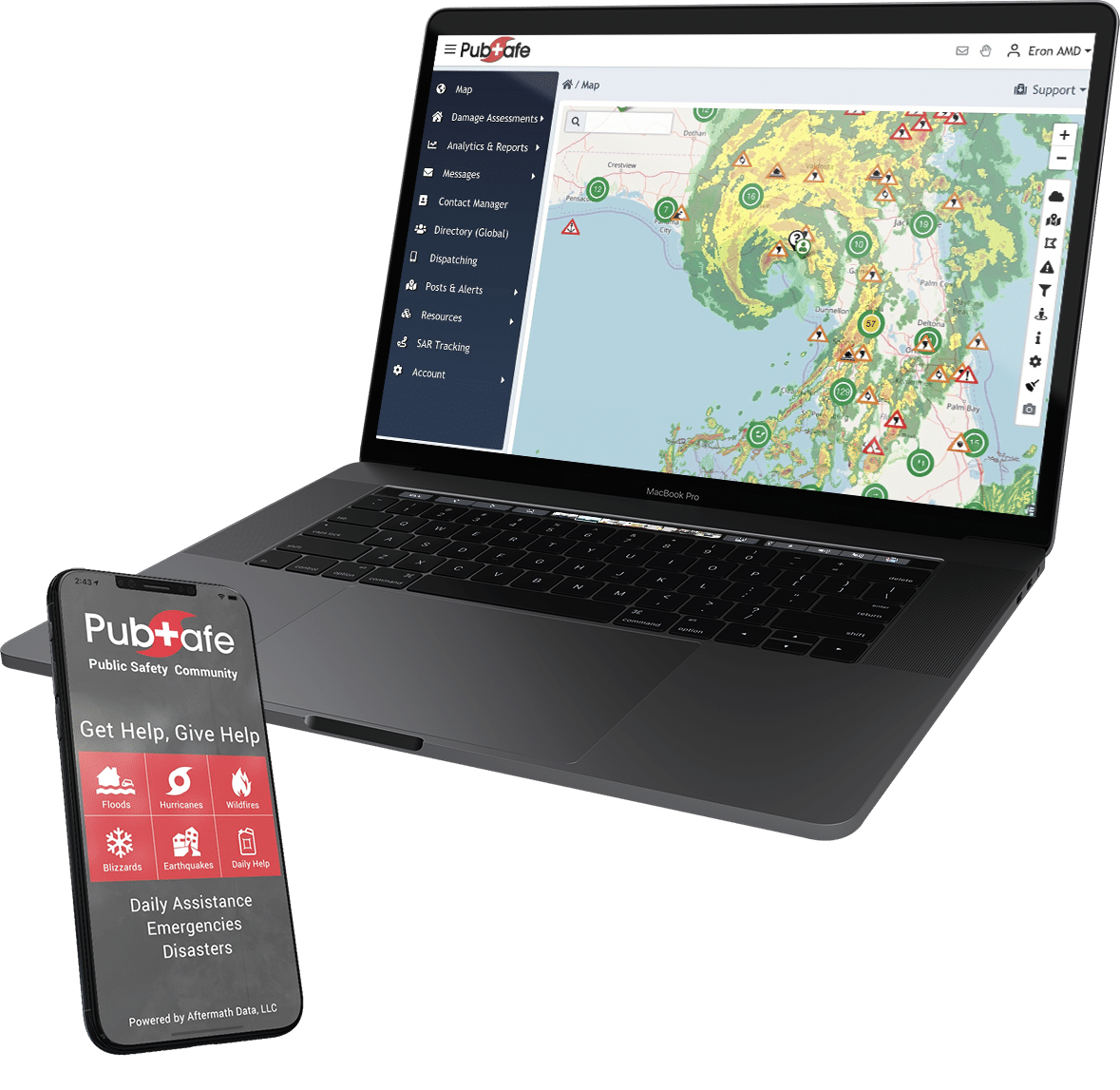
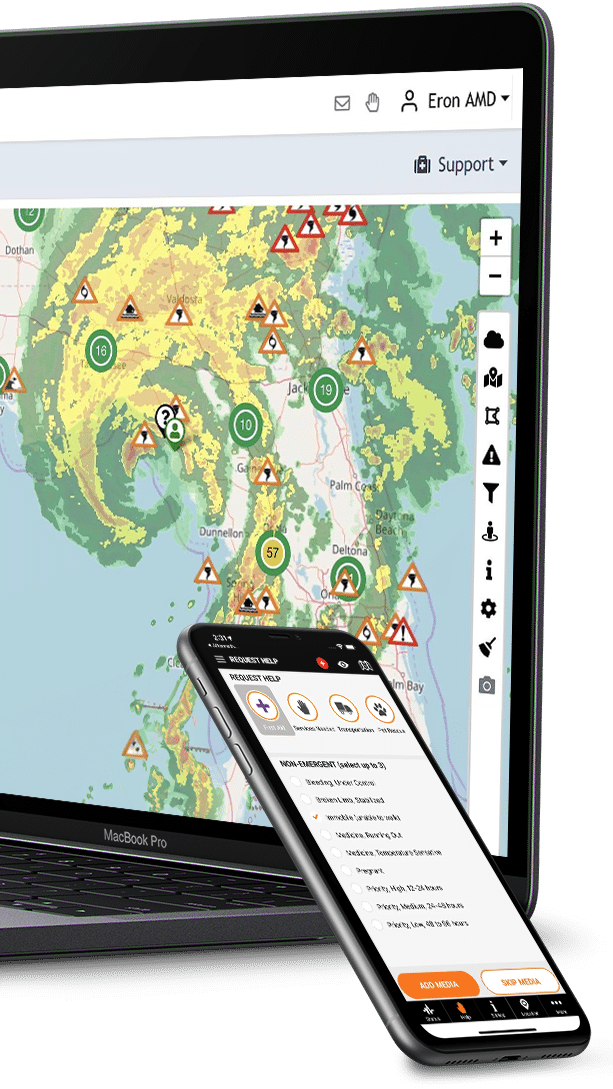
PubSafe Empowers People
Citizen Help Network & Reporting
Every citizen shares data on local events providing real-time information for the community and responders.
One Map for All Information
Stay informed with our live map displaying real-time incidents and resources in your area.
Resource Coordination
Efficiently manage and allocate resources during emergencies.
Organizations
Organizations & NGOs can see who needs help, where and the resources needed, in real-time.
Incident Reporting
Easily report incidents and share vital information with your community.
Community Alerts
Receive and send alerts to keep everyone informed and safe.
Public Safety Solutions
As a registered organization, you gain access to our online incident management software; equipping your team with a myriad of features designed to help your team operate with increased safety and efficiency by connecting them in the field and allowing headquarters to effectively co-ordinate them from base.
For Communities
Empower residents to contribute to community safety
For Organizations
Enhance organizational response and resource management.
For Emergency Responders
Provide first responders with the tools they need for effective operations.
Real-time Information Sharing
The PubSafe mobile app allows for instant updates by people standing at the scene. There are no approving authority delays. Multiple crowd-sourced reports validate the data and create situational awareness. PubSafe connects Responder organizations through the PubSafe incident management software. PubSafe is the only unified platform where multiple NGOs, citizens, and agencies can work together across the globe to save lives.
PubSafe Reviews
“PubSafe is an amazing resource for crowd communication during disasters and tools to find assistance in troubling times. Safety is the key!”
“The perfect tool for anyone who wants to be prepared in the event of a disaster. Communication is the greatest tool for survival in the event of the worst.”
“It is better to be safe than sorry. PubSafe ensures that someone of your choice always knows where you are and how you are doing.”
Get PubSafe
To empower your organization with the PubSafe app & portal, click the button below and start your journey to helping more people and animals than ever before.
⇒ Setup Free Org Account
